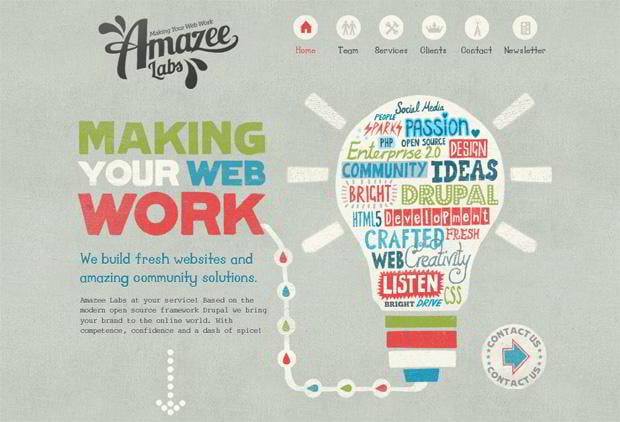Essential Elements Of Website Design: Standards For Creating A User-Centric Site
Essential Elements Of Website Design: Standards For Creating A User-Centric Site
Blog Article
Material Author-McKnight Thorpe
When it concerns internet site design, making certain user-friendliness is vital. From responsive layout to structured navigating, every element plays a vital duty in creating a site that accommodates your audience's demands. Yet what about Clients that can make or break an individual's browsing experience? Stay tuned as we discover some often-overlooked suggestions that can raise your site's use to the next level, making it truly attract attention in the digital landscape.
Significance of Responsive Design
Responsive layout is an essential aspect of modern site development. Guaranteeing your internet site is responsive methods that it can adapt to various screen dimensions and gadgets, supplying a seamless experience for users.
With the raising use smart devices and tablet computers to access the web, having a responsive layout is necessary for reaching a bigger audience. It helps in improving individual experience by making your internet site very easy to navigate and continue reading any kind of tool.
Additionally, receptive layout can favorably impact your search engine rankings, as search engines like Google prioritize mobile-friendly sites. By having a receptive design, you're additionally future-proofing your site, as new gadgets with varying screen sizes remain to emerge.
Simplify Navigation Framework
To boost individual experience and promote simple access to information on your web site, improving the navigation framework is vital. When developing your site, focus on creating a clear and user-friendly navigating menu that assists visitors discover what they're searching for swiftly.
Restriction the variety of menu things to the fundamentals, grouping associated web pages with each other to avoid frustrating customers. Use descriptive tags that clearly indicate the material of each web page, making it less complicated for individuals to comprehend where each link will certainly take them.
Consider implementing dropdown food selections for subcategories to prevent cluttering the main navigation bar. Additionally, include a search bar prominently on the page for customers who prefer searching for specific information.
look at this web-site in your navigating style to ensure simple access on all gadgets.
Enhance Page Tons Speed
Improving web page tons speed is essential for maintaining visitors on your web site. Slow-loading web pages irritate customers and can lead to high bounce prices. To maximize web page load rate, beginning by enhancing pictures. Press images without jeopardizing top quality to decrease their file dimensions.
In addition, enable web browser caching to save regularly accessed sources in your area, speeding up load times for returning site visitors. Minify CSS, JavaScript, and HTML data by eliminating unneeded personalities, remarks, and format, enhancing lots speed.
Take into consideration using a material distribution network (CDN) to disperse your internet site's web content throughout numerous servers worldwide, reducing latency for individuals accessing your site from different locations. Finally, restrict the use of third-party scripts and plugins, as they can substantially impact load times.
Conclusion
Finally, by incorporating receptive design, streamlining navigating, and optimizing page tons rate, you can produce an easy to use web site that appeals to a bigger target market and improves user experience. Care make sure that visitors can easily access and browse your website across various devices, leading to boosted involvement and complete satisfaction. By concentrating on these essential facets, you can build an effective website that maintains customers coming back for even more.
